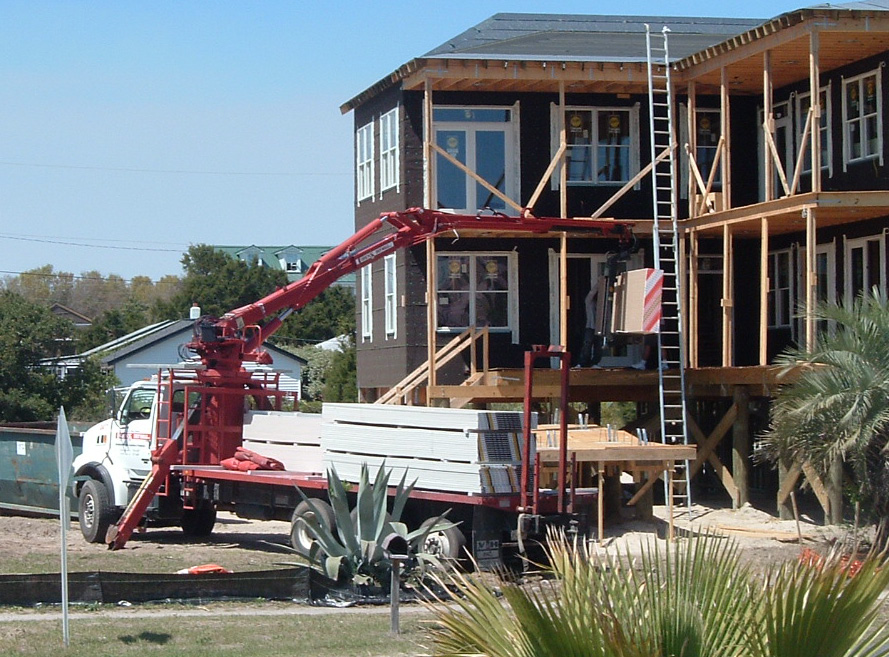
Drywall panel lifts are hugely important tools in the drywall industry, as well as for those who want to do a DIY job. Professionals like Lloyd Claycomb II have found that these lifts have done away with the need for ‘dead man’ constructions and have freed up a lot of manpower as well. As the name suggests, these are lifts that have been designed to push heavy drywall panels up, and keep them there. They can usually reach heights of between four and 11 foot, making them perfect for ceiling jobs as well. If you are a DIY drywall installer, you will find that these lifts are perfect to help you save time, and to spare your body as well, as you no longer have to tax your neck, shoulder, back, and arm muscles. These lifts truly are fantastic pieces of equipment that greatly shorten the amount of time you need to spend on completing a drywall project.
Professional drywall installers also almost always use these types of lifts on the job. This is because it protects them from workplace injuries and ensures they can be safer, more comfortable, and overall more productive. When professionals install drywall on a ceiling, they will inevitably use these lifts because they would otherwise have to hold heavy drywall panels over their head. By using a lift, the sheet stays in place and doesn’t move, meaning it can easily be screwed or nailed into place.
If you have a DIY drywall project to complete, it is unlikely that you will want to purchase a drywall panel lift. They are quite expensive pieces of machinery, meaning that it is a far better idea to rent one instead. You can usually rent them for around $50 per day, which is quite affordable. Most importantly, it will pay for itself because you will complete the work much sooner than you would without a lift. Most of all, it will make your job a whole lot easier to complete, particularly if you also use drywall stilts at the same time.
In terms of how a drywall lift works, you would be surprised at how easy it actually is. This is why it is so common to be able to rent one, since it does not require any specialized training or licensing to be used. Simply put, you assemble the lift, which doesn’t require any tools, but a drywall panel in its cradle, and lift it to the ceiling. Once the sheet has reached the spot you want it to be in, you can screw or nail it into position. If you want your ceiling to have a really professional finish to it, then make sure you start drywalling in one of the corners, working your way along from there. Thanks to a drywall lift, completing this job quickly and to perfection is easier than ever. When you consider drywall installation would often take weeks and many injuries to complete, it is no surprise that the drywall lift is so popular nowadays.